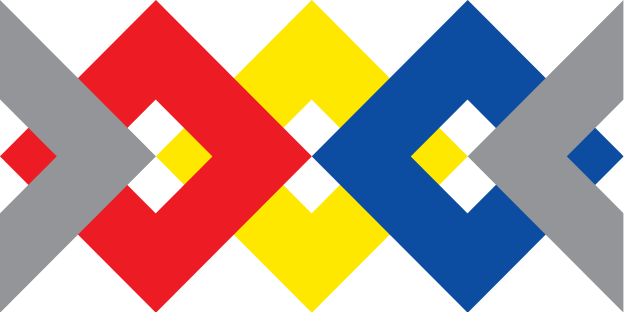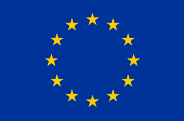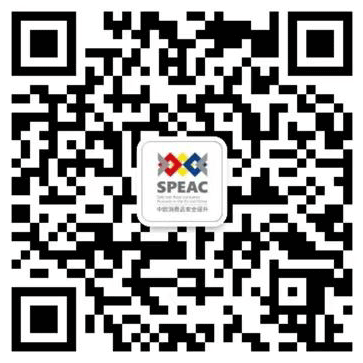What are the risks? What are the causes? How are they identified?
The EU has established the Safety Gate/RAPEX system (EU Rapid Alert System for non-food consumer products) for the identification of dangerous consumer products on the market. It ensures that information about dangerous products identified by the Member States is quickly circulated to prevent or restrict the selling of these products on the market. 30 countries currently participate in the system; all the EU Member States plus the European Economic Area (EEA) countries: Iceland, Liechtenstein and Norway. The Safety Gate/RAPEX information concerning products of Chinese origin is also made available to China to directly follow up on notifications through the so-called RAPEX-China.
The Safety Gate/RAPEX statistics lists dangerous products with risks caused by mechanical, chemical and electrical issues. The most frequent serious risks are choking and strangulation (for children), poisoning and electric shocks and burning (mainly related to priority product groups of the SPEAC project).
Objective
The objective of this module is to provide an overview of the main consumer product safety issues from the perspective of the EU consumer collated through the Safety Gate/RAPEX system.
Learning outcomes
Through attending this module, participants will gain a better understanding of:
- The most frequent serious product safety issues in the EU identified by the Safety Gate/RAPEX .
- The technical causes of these problems through exploring real examples.
- What is causing the problems and what can be done to avoid serious risks.
- The role of market surveillance authorities and other institutions in the identification of dangerous products and follow-up measures by the authorities in the EU and China.
Tags, sub-topics, combination with other modules
Risks, Safety Gate/RAPEX notification, market surveillance.
- This module can be used stand-alone or in combination with other modules related to dangerous products of certain industry sectors and on preventive measures such as risk management.



